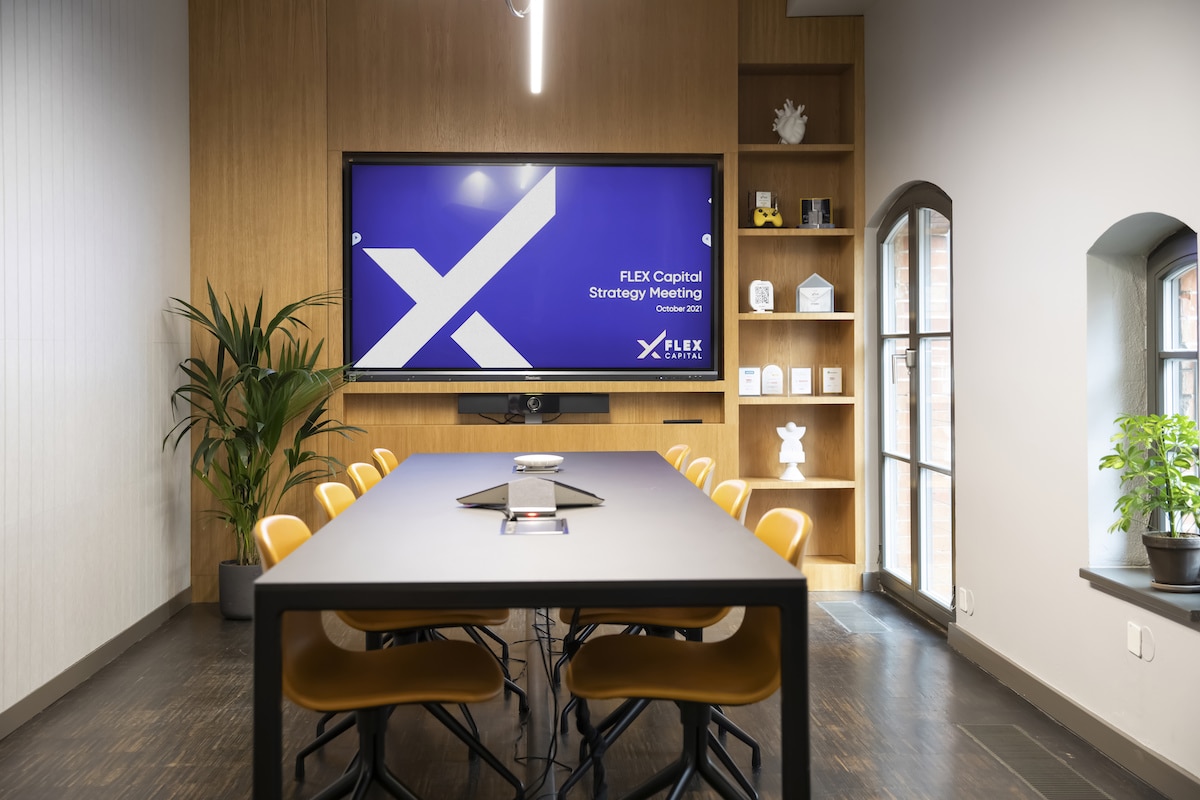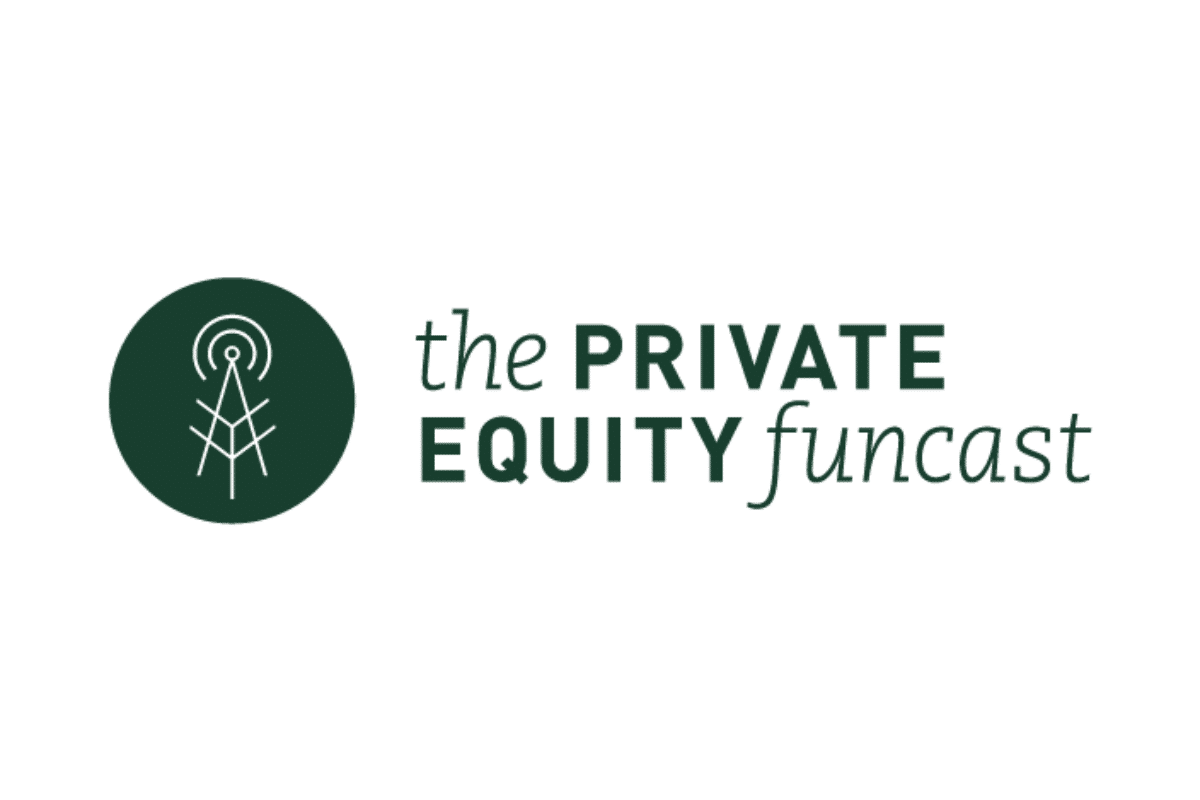Assets, office furniture, company vehicles, IT hardware, software, or even airplanes: Nowadays, there are hardly any assets that cannot be leased directly from the manufacturer or through specialized providers. For the following article, I will use the term “lease” as a substitute for “operational leasing.”
If you approach the topic through online research, you initially get the impression that leasing is superior to purchasing in all aspects. Often-cited advantages include
- higher liquidity through low ongoing charges instead of large one-off payments,
- great flexibility due to individual contract design and easy capacity build-up or reduction,
- higher modernity of the equipment,
- Balance sheet neutrality of the acquisition and thus potential for key figure optimization as well as
- a reduced tax burden through direct expense recognition of rental expenses
Despite the apparent advantages, I recommend purchasing rather than leasing in some cases. I will explain the reasons for this in the following paragraphs and provide some rules of thumb for the “Rent vs. Buy” decision.
Influence on the enterprise value
One of the key objectives of daily work for founders and CEOs is the appreciation of their company’s value. Depending on the investor environment, valuation relies on various metrics. From a private equity perspective, operational profitability is primarily relevant. This is typically assessed based on the sustainable EBITDA (Earnings before interest, taxes, depreciation, and amortization), which is the operating profit before interest, taxes, and depreciation. In practice, the company’s value is determined based on the aforementioned EBITDA multiplied by an industry-specific factor, which is calibrated to the specific company situation (market position, sustainability of the offering, etc.).
The advantage of purchasing instead of leasing arises at this point due to the recognition of the resulting costs and the resulting EBITDA effect. For companies following the German Commercial Code (HGB), lease costs or leasing fees need to be reported in other operating expenses (“Other OPEX”), which are part of EBITDA. In contrast, when you purchase an asset, it is capitalized, and the costs are spread over its useful life through depreciation. This means that the incurred costs go “below the line.” As a result, EBITDA and consequently the company’s value can be increased.
So, it should be noted: Companies following the German Commercial Code (HGB) and operating in an environment where EBITDA drives company valuation, purchasing is typically the better alternative.
Influence on liquidity
Of course, there are also situations where EBITDA is not the main focus.
For instance, in a venture capital-financed startup, different metrics are crucial for valuation. Factors like revenue growth and the customer lifetime value to customer acquisition cost ratio take precedence. At the same time, it’s essential to operate as long as possible with the available funding, meaning reducing the cash burn rate. For these companies, it often makes sense to forego large upfront purchases and opt for renting instead of buying.
The same applies to companies that must bear a heavy debt burden and/or have low cash conversion rates. Businesses that regularly provide services or goods to customers on credit terms need to manage liquidity differently than software companies that receive payment a year in advance. From personal experience, smaller companies with a few major clients, often with extended payment terms, risk pushing themselves to the brink of insolvency by over-optimizing their operational results.
If you still don’t want to forego the potential for value enhancement through purchasing instead of renting, you should consider the option of a “hidden installment purchase” or “finance lease.” This is a variant of a lease-purchase agreement where the purchased assets serve as security for the financing party, and economic ownership passes to the buyer at the start of the contract. This means that the assets should be recognized in the buyer’s financial statements and depreciated over their planned useful life.
The main disadvantage of the hidden installment purchase is that it is de facto a purchase on credit. Accordingly, this arrangement results in interest costs and higher indebtedness. Especially in the case of existing credit relationships, it is essential to ensure whether this structure is contractually permitted, as many credit agreements restrict the incurrence of additional debt.
So, remember this: Companies that frequently provide goods or services upfront, have high levels of debt, or want to reduce cash burn should consider the option of leasing. If feasible and suitable, a disguised installment purchase can also be pursued.
Influence on flexibility
The perhaps greatest disadvantage of purchasing compared to leasing is the long-term commitment to the purchased asset. Unlike flexible lease agreements, the asset cannot be easily disposed of or replaced at little or no cost. This can become a problem, especially for rapidly growing companies or those subject to significant fluctuations in demand. For businesses that regularly need to lease larger offices due to rapid growth, it’s often better to accept higher rents rather than investing in tenant improvements to save on rent. These improvements must be dismantled when moving, and they may not be usable in the new office space.
The same applies, for example, to businesses with strong seasonal or event-based effects. For instance, it doesn’t make much sense in the online gaming industry to address demand spikes by purchasing servers. In this case, a mix of acquired core infrastructure and additional capacity rented as needed is a more sensible alternative in my opinion.
That’s right. Companies with regular and well-predictable utilization without significant fluctuations should consider purchasing. On the other hand, businesses experiencing rapid growth or high demand fluctuations with significant peaks require more flexibility and should lean towards renting.
Influence on the tax burden
Finally, the topic of taxes should be briefly addressed, as this is often highlighted as an important advantage of renting in leasing offers.
To sum it up, there are usually no tax advantages to renting due to various legal adjustments in recent years. While it’s true that rental expenses are immediately deductible as operating expenses for tax purposes, the same applies to depreciation on acquired assets. Therefore, there may only be a timing advantage if the tax depreciation period for assets is unreasonably long according to tax laws. In a low-interest-rate environment, this doesn’t provide a significant economic advantage. Furthermore, the German Federal Ministry of Finance (BMF) has set a one-year depreciation period for leased IT equipment as of February 26, 2021, which even creates a timing advantage from a tax perspective in this regard.
Furthermore, it’s often overlooked that according to §8 No. 1 GewStG (German Trade Tax Act), parts of the rental or leasing costs must be added back to the profit from commercial activities. For SMEs, this doesn’t have a significant impact due to the exemption limit of €200,000. However, for large companies, this could potentially result in a tax disadvantage.
So remember: If you want to keep your tax burden as low as possible, I now recommend buying rather than renting.
Conclusion
In brief, then, the following can be stated: The decision to rent or buy depends on the respective company situation and the goals pursued.
If you want to optimize your EBITDA, buying is the better choice. If you are more focused on liquidity optimization, you should lean towards renting or, if possible, consider a hire-purchase agreement. For those seeking or requiring maximum flexibility, renting is the better option. From a tax perspective, the decision has no significant consequences for most entrepreneurs.












